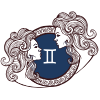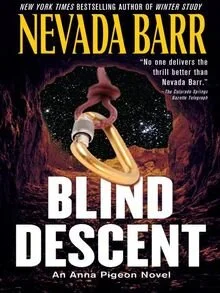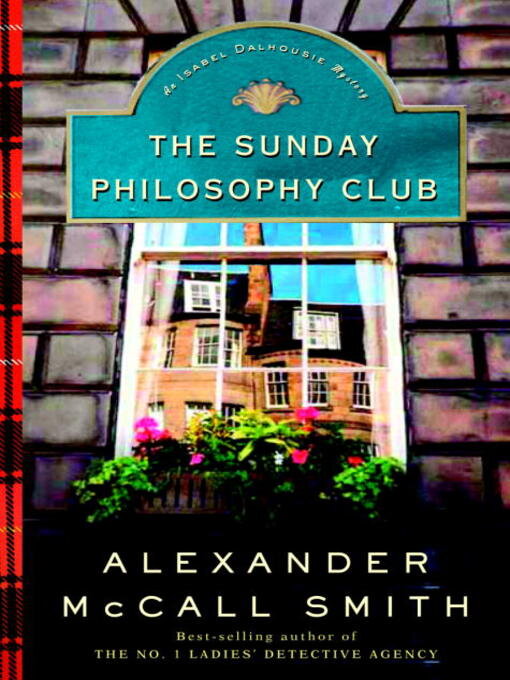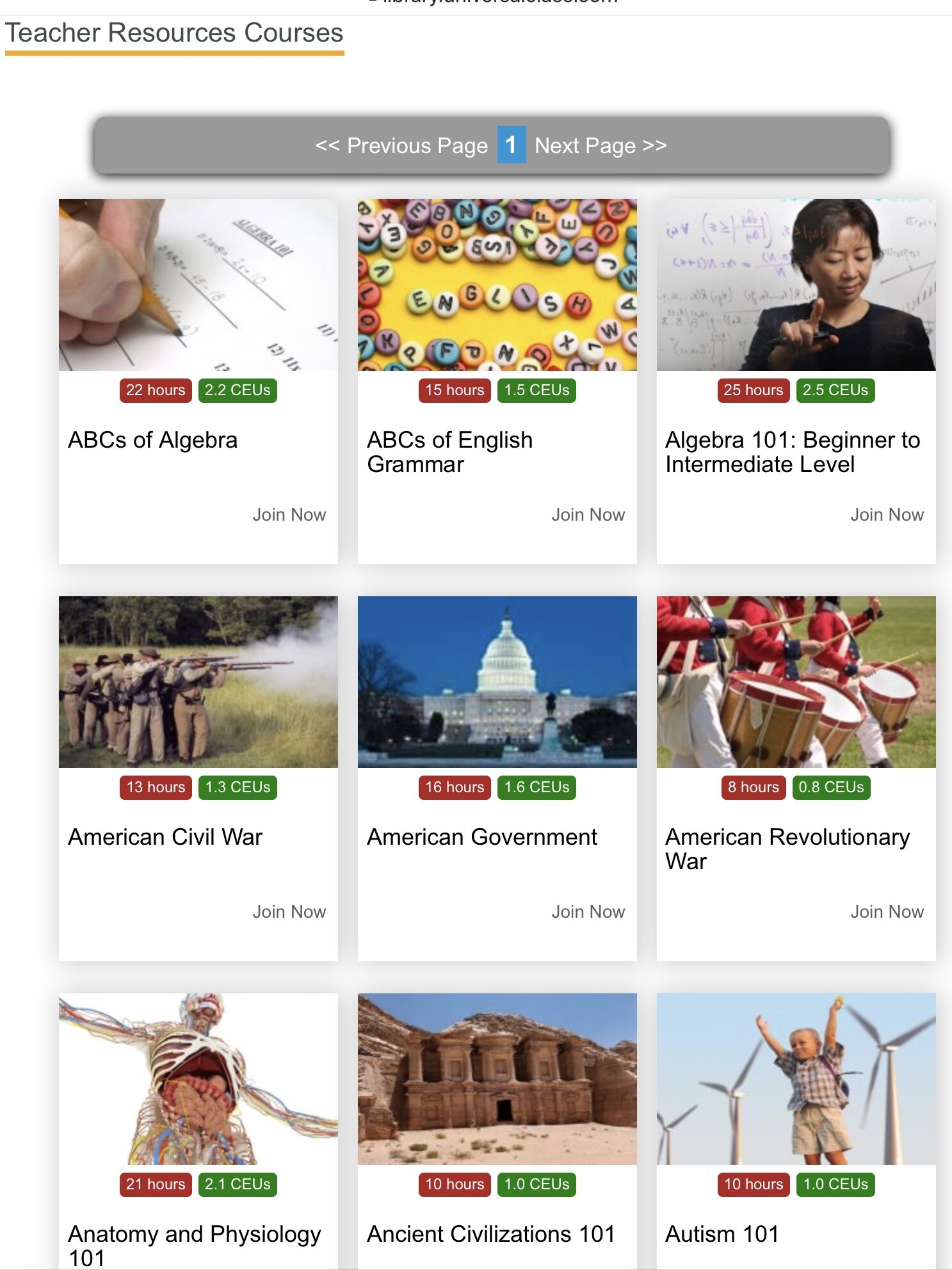by Mary-Ellen Mess
In the spirit of the Reverend Dr. King:
The familiar phrase “with liberty and justice for all” echoes the dreams of courageous women and men of all backgrounds who used the framework of the Constitution, the courts, legislative advocacy and the power of protest to pursue equality for those long denied the promise of America.
Our nation’s history is filled with heroic stories of activists who fought to change laws and attitudes that kept many people from enjoying equal rights. The protections we take for granted today are a result of the work of those who risked a great deal in pursuit of social justice.
Abolitionists, Suffragists, Labor Organizers, Civil Rights Activists, Feminists, Disability Advocates, Gay Rights Activists, and Native Americans have all contributed to the cause of forming “a more perfect union.” The 14th Amendment passed after the Civil War guaranteed equal protection under the law and paved the way for landmark court cases including Brown v. Board of Education. The 19th Amendment, the Civil Rights Act of 1964, Title IX, the Americans with Disabilities Act, and Obergefell v. Hodges expanded opportunity for full access and civic participation to African Americans, women, the disabled, gays and transgender people.
Celebrate these achievements by learning more about both the famous and the unsung social justice warriors who helped make America more inclusive and fair. Walk in someone else’s shoes in novels about characters seeking acceptance and equality in a nation known as “the land of opportunity”. Innumerable books have been published about the quest for social justice, here are a few suggestions:
Books in the Red Bank Public Library collection.
NON-FICTION
African Americans
The Autobiography of Malcolm X as told to Alex Haley (1964, 440 pp)
Claudette Colvin: Twice Towards Justice by Philip Hoose (2009, 124 pp)
Good Trouble: Lessons from the Civil Rights Playbook by Christopher Noxon (2018, 189 pp)
Stamped: Racism, Anti-Racism, and You by Ibram X Kendi and Jason Reynolds (2020, 248 pp)
Turning 15 on the Road to Freedom by Lynda Blackman Lowery (2016, 144 pp)
We are Not Yet Equal: Understanding Our Racial Divide by Carol Anderson (2018, 232 pp)
Native Americans
An Indigenous People’s History of the United States by Roxanne Dunbar Ortiz (2019, 228 pp)
Bury My Heart At Wounded Knee: An Indian History of the American West by Dee Brown (1970, 445 pp)
Rez Life by David Treuer (2012, 319 pp)
#NotYourPrincess: Voices of Native American Women edited by Lisa Charleyboy & Mary Beth Leatherdale (2017, 103 pp)
Immigrants
The Far Away Brothers by Lauren Markham (2019, 234 pp)
Ink Knows No Borders: Poems of the Immigrant and Refugee Experience edited by Patricia Vecchione & Alyssa Raymond (2019, 143 pp)
The Line Becomes A River: Dispatches from the Border by Francisco Cantú (2018, 247 pp)
Strike! by Larry David Brimmer (2014, 150 pp)
Women
Let Me Play: The Story of Title IX : The Law That Changed the Future of Girls in America by Karen Blumenthal (2005, 160 pp)
Notorious RBG: the Life and Times of Ruth Bader Ginsburg by Irin Carmon & Shana Knizhnik (2015, 177 pp)
Votes for Women: American Suffragists and the Battle for the Ballot by Winifred Conkling (2018, 271 pp)
Gay & Transgender
The 57 Bus: A True Story of Two Teenagers and the Crime that Changed Their Lives by Dashka Slater (2017, 320 pp)
Queer, There and Everywhere: 23 People Who Changed the World by Sarah Praeger (2017, 215 pp)
Victory: The Triumphant Gay Revolution by Linda Hirshman (2012, 348 pp)
FICTION
All American Boys by Jason Reynolds (2015, 320 pp)
Dear Martin (2018, 240 pp) and Dear Justyce (2020, 260 pp) by Nic Stone
Frankly In Love by David Yoon (2019, 406 pp)
How It Went Down by Kekla Magoon (2014, 336 pp)
I Am Not Your Perfect Mexican Daughter by Erika L. Sánchez (2017, 240 pp)
Internment by Samira Ahmed (2019, 282 pp)
Mexican White Boy by Matt De la Peña (2008, 247 pp)
Monster by Walter Dean Mosely (1999, 281 pp)
Punching the Air by Ibi Zoboi & Yusef Salaam (2020, 386 pp)
UnBroken: 13 Stories Starring Disabled Teens edited by Marieke Nijkamp (2018, 320 pp)
Watch Us Rise by Renée Watson & Ellen Hagan (2019, 353 pp)
You Bring the Distant Near by Mitali Perkins (2017, 303 pp)
You're Welcome, Universe by Whitney Gardner (2018, 320 pp)
Working at the RBPL is a second career for Mary-Ellen, who spent 30 years managing youth programs in Newark, NJ. In anticipation of her retirement from the University of Medicine and Dentistry of NJ, Mary-Ellen returned to school and earned a MLIS in 2013. A part-time Reference Librarian at RBPL, she resides in Red Bank with her husband. Mary-Ellen considers herself fortunate to have raised two sons in Red Bank, a diverse community with great public schools.
Featured Photo of Martin Luther King, Jr. speaking against the Vietnam War at the University of Minnesota in 1967. Photo used with Creative Commons license, courtesy of the Minnesota Historical Society.











![Sagittarius ].png](https://images.squarespace-cdn.com/content/v1/5c06ab74da02bc6a8954dab1/1587043663260-4NDFHL813DJ9J3M0YK66/Sagittarius+%5D.png)































